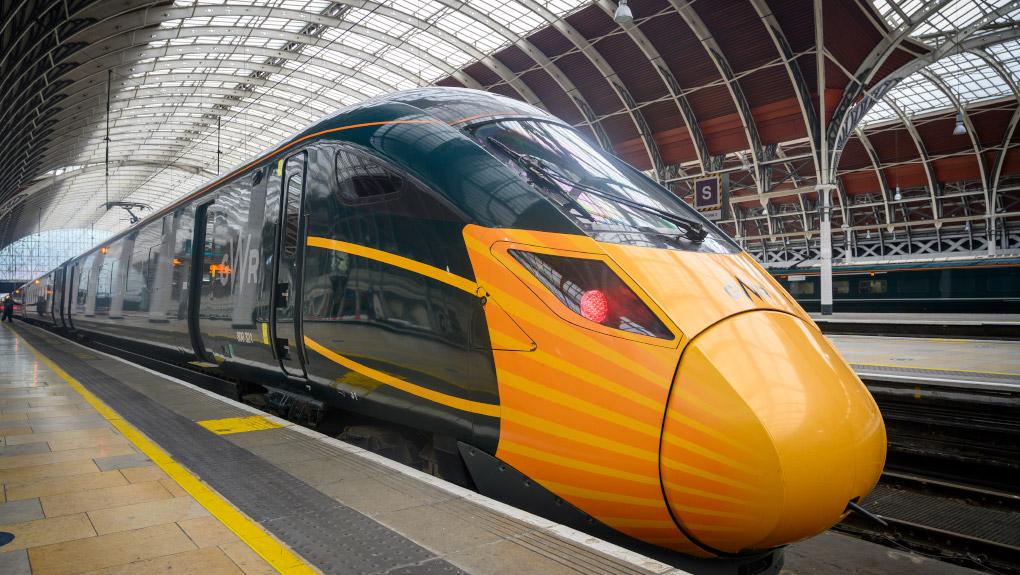
The review will cover both safety and passenger impacts.
ORR’s safety review will work with Hitachi Rail and all relevant parties to find the root cause of cracks in the jacking plate and on the mount for the yaw damper bracket. It will examine industry processes relating to the assessment of safety risk, as well as the withdrawal and return of trains to service.
This part of the review will look in-depth at technical areas including design, manufacture and maintenance; process issues such as how all parties worked together; and responsibilities for inspection, maintenance, repair and remedial action, and how these could be improved.
ORR will also work closely with train operating companies – Great Western Railway, London North Eastern Railway, TransPennine Express and Hull Trains – and other industry bodies to review whether the relevant travel information to passengers was consistent, both over the weekend of 8 May but also in the following week.
The regulator will check the correct ticket refunds information was provided, and accepted by operators, as well as making sure the right steps were taken to contact passengers who had booked assistance to travel, and that alternative arrangements were offered.
ORR will publish its report on the passenger impacts by 25 June and produce an initial report in September covering the history, withdrawal and reintroduction of the rolling stock. A final report will follow when the long-term rectification programme has been established.
John Larkinson, Chief Executive, ORR, said:
Ian Prosser, HM Chief Inspector of Railways, ORR, said:
The service recovery plan saw the majority of trains become available to run in service safely from 13 May, following joint work between Hitachi Rail, train operators and the regulator.
Notes to editors
- ORR’s safety review will work closely with all parties, including Hitachi Rail, Great Western Railway (GWR), London North Eastern Railway (LNER), Hull Trains, Transpennine Express (TPE) and ScotRail to ensure that lessons are learnt from the discovery of cracks in Hitachi AT200 (Class 385) & AT300 (Classes 800, 801 and 802) rolling stock.
- ORR will work closely with TOCs and passenger groups to review the impact on passengers from the withdrawal of trains, with a specific focus on the operators of Hitachi class 800 trains - GWR, LNER, TPE and Hull Trains (although the impact on the latter was more limited). The passenger review will not include ScotRail given there was a minimal impact to passengers using its services.
- Further Background:
- In May, the fleet of 80x and 385 series trains were removed from service as a precaution when cracks were found on some trains.
- Cracks appeared under the train carriages on the lifting (jacking) points, which are blocks of aluminium that sit under the train carriage. The lifting points are used in depots for maintenance when teams need to lift a train. They are not used as part of the normal operation of the train.
- A service recovery plan saw the majority of trains become available to run in service safely from 13 May, following joint work between Hitachi Rail, train operators and the regulator.
- Since discovering the faults, Hitachi Rail engineers and independent experts have completed rigorous tests and research to gain a clearer understanding of the crack issues.
- After further rigorous safety checks involving ORR’s HM Railway Inspectorate, GWR and LNER began reintroducing trains.

